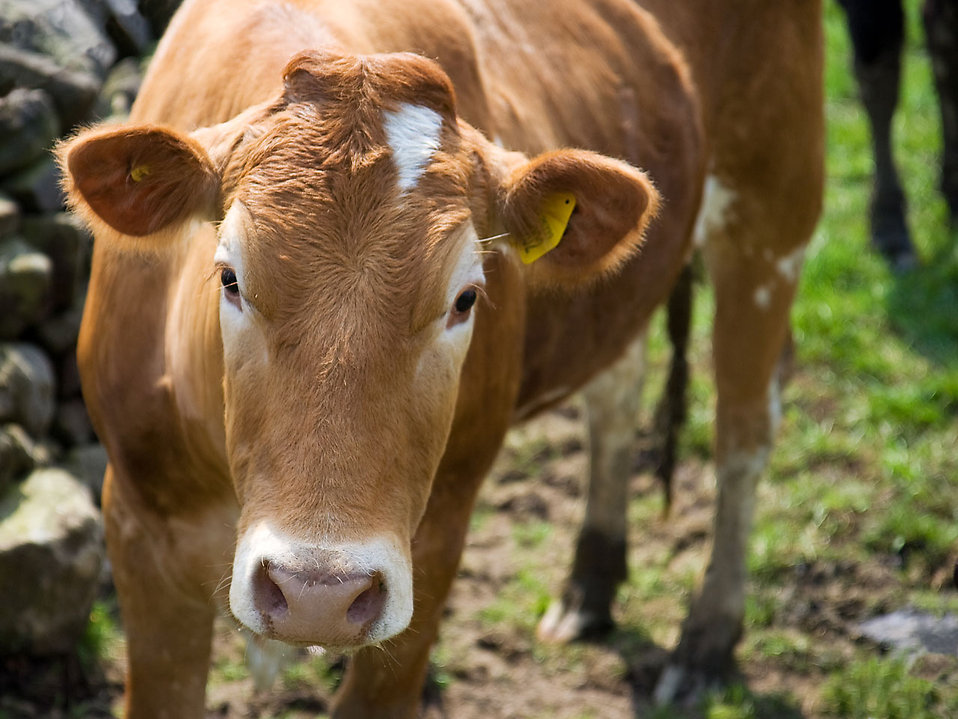
Friday, August 17, 2018 - A chorus of impassioned criticism has been rising against meat and dairy consumption. Many of the critics identify themselves as environmentalists. Their  vehemence has been stoked by several reports, most notably one from the United Nations, documenting that animal farming is contributing to climate change, depleting and polluting groundwater, and poisoning rivers and streams. Actually, the data indict only inappropriate practices in raising animals, not animal farming per se. The prevailing industrial methods differ radically from traditional land stewardship and animal husbandry.
vehemence has been stoked by several reports, most notably one from the United Nations, documenting that animal farming is contributing to climate change, depleting and polluting groundwater, and poisoning rivers and streams. Actually, the data indict only inappropriate practices in raising animals, not animal farming per se. The prevailing industrial methods differ radically from traditional land stewardship and animal husbandry.
From an environmental perspective, the concentration of animals is more problematic than the total number. America’s farm animals were once widely dispersed, living in moderate herds and flocks, their manure effectively recycling nutrients, an invaluable part of the farm’s economy and ecology.
Today, they are densely concentrated in massive populations, often far from where their feed is grown. The average hog herd, for example, has gone from 15 in 1900 to 766 in 2002. Many modern chicken and hen flocks number over a million birds. In this setup animals are separated from the land and crops, creating soil infertility and erosion on the farm and air and water pollution at industrial animal operations. The UN report blames 18 percent of global warming on livestock. But very little of that has any connection to well-managed traditional, grass-based animal farming.
As for methane, there are two types. Much methane caused by animal farming comes from manure lagoons at industrial facilities. Other methane (“enteric emissions”) is generated from animal digestive tracts, particularly of ruminants like cattle, and can be reduced by dietary supplementation and rotating grazing pastures.
It’s important to note that there were plenty of animal enteric emissions in this country long before the arrival of cattle. Prior to European colonization, enormous herds of large ruminants covered the continent, including an estimated 10 million elk and as many as 75 million bison. “The moving multitude…darkened the whole plains,” Lewis and Clark wrote of bison in 1806. The total number of large ruminants was surely greater than the 40 million mature breeding beef cows and dairy cows in the United States today.
Traditional animal farming also has environmental benefits. Recent studies show that pasture and grassland areas used for livestock actually lessen global warming because their vegetation and soils effectively act as carbon sinks. Converting croplands to pasture sequesters significant amounts of carbon. Perennial pastures can decrease soil erosion by up to 80 percent and improve water quality, according to the Minnesota Land Stewardship Project. Even the UN report notes, “There is growing evidence that both cattle ranching and pastoralism can have positive impacts on biodiversity.”
Solving what ails agriculture must entail reducing the total number of animals raised and returning animals to the land, where they belong. A study from the Potsdam Institute for Climate Impact Research concluded that with moderate reductions in Western meat eating, we could easily feed the world in 2050 using grass-based, humane farming methods.
Learn more at this Link